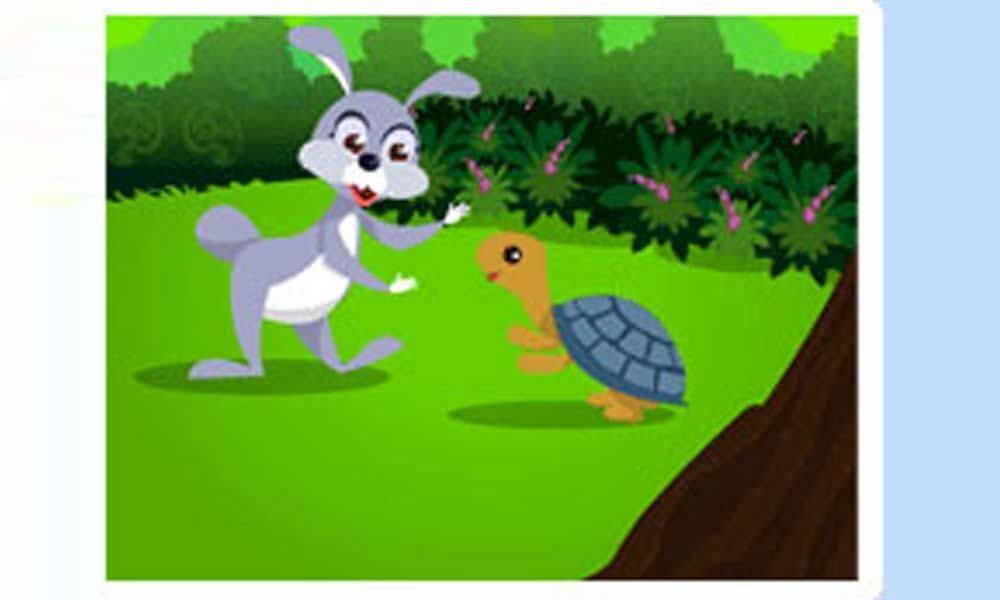

The presence of such animals as camels and elephants in Aesop’s fables, not to mention the tale ‘Washing the Ethiopian White’, support this theory that he was of African origin. The idea that he was of African descent – possibly from Ethiopia – dates back some time. Indeed, if a man named Aesop did exist in the first place, he is thought to have been a disabled black slave.

Download Story The Tortoise and The Hare. One commentator claimed that Aesop fought at the battle of Thermopylae in 480 BCE, but since by then he had been dead for nearly a century one can’t imagine he was much help. You can download this moral story for kids in an engaging PDF format for free, by clicking the link provided below. Nevertheless, legends grew up around the storyteller. Aesop’s Fables may have been the work of many hands, part of an oral tradition that gradually accumulated. If he did, it was probably in around the sixth century BCE, several centuries after Homer, if Homer himself ever existed. William Caxton printed the first English translation of the Fables in 1484, enabling such phrases as ‘sour grapes’ and ‘to cry wolf’ to enter the language.Īs with Homer, we can’t be sure an ‘Aesop’ ever actually existed. Several centuries earlier, Hesiod – who is now best-known for his two poems, Theogony and Works and Days (a fascinating poem which we have analysed here) – had written one about a hawk and a nightingale, while a poet named Archilochus penned several, including one about an eagle and a vixen, and one about a fox and a monkey.īut Aesop would turn the fable into a popular form. The Hare gets ahead and goofs off, allowing the Tortoise to win because he never gives up. Aesop wasn’t the first person to write animal fables. Download - Easy Setup (41.0 MB) Tortoise and the Hare, The screenshots: Aesop's Fable: The Tortoise and the Hare tells the classic upset victory story from the days of the Greek culture.


 0 kommentar(er)
0 kommentar(er)
